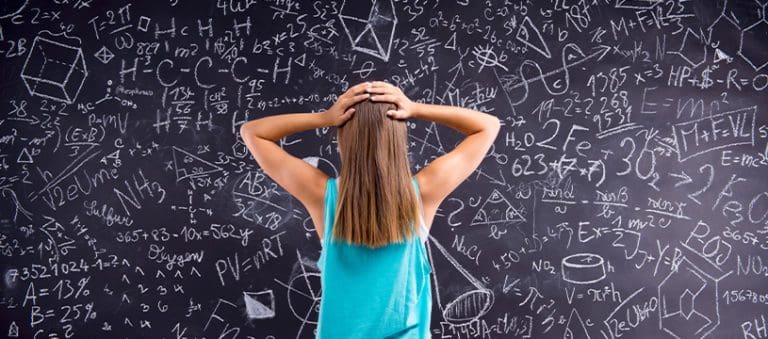When we think about learning, especially learning in schools, we often equate speed and ease as indicators of good learners and good learning. At times, we even use speed as a proxy for learning ability. We talk about “fast learners” as good learners and “slow learners” as weak learners.
Yet how quickly we recall information or perform a task is not necessarily an indicator of learning. It may be that we have already encountered facts or have experiences close enough to the learning task that we can extrapolate from current knowledge and practice skills closely related to what we already know. It is also true that for some people immediate recall comes easily, but they are not necessarily able to retain what they learn.
Conversely, learners who need additional time to learn are not necessarily weak learners. It may be that they just need more time to assimilate and integrate new content and skills before they can be confident. Meanwhile, they may retain what they learn longer and be able to use their learning more effectively.
Clearly, speed is not necessarily the best indicator of real learning, especially when learning new content and developing new skills. Ease of learning is also not always the best indicator of learning that will stick and serve for the long term.
The fact is that when we and our students are learning in areas that are not already familiar to us, that challenge us, and force us to focus, many traditional behaviors that we try to avoid are signs that real, significant learning is occurring. Rather than seek to avoid the feelings and symptoms of struggle, we need to celebrate the process and progress in which we are engaged. Let’s explore five of these symptoms or telltale signs of real learning.
First, when we find that we must slow our learning pace and focus our attention, we accept that we are encountering content or a challenge that goes beyond our past knowledge and existing skills. We are in the process of building beyond what we already know and can do. When students face the need to slow down, we can reinforce for them the promise their focus and attention can offer in new learning success.
Second, when we struggle and feel stuck we can reassure ourselves that what we are facing truly is new learning. Our struggle is an invitation to find new strategies, redouble our efforts, and identify resources around us that can support our progress. Times when we feel stuck often come just before significant breakthroughs. We can remind ourselves and reassure our students that when we struggle we make real learning more likely.
Third, as much as we often try to avoid them, mistakes can be indicators that we are engaged in real learning. Missteps and setbacks are natural parts of the learning process. If we make no mistakes and find the learning process to be easy, we may not be adding to our learning. We may just be reinforcing much of what we already know. We need to reassure ourselves and our students that mistakes are not evidence of poor learning. Rather, they are signs that we are building our knowledge and expanding our skills in new areas.
Fourth, when we engage in learning that leads us into new areas we can become uncertain about things that we used to take for granted. Learning often leads us to discover new perspectives, uncover new facts, and question long-held assumptions. Similarly, we can help our students to be comfortable questioning, inquiring, and challenging their thinking as they are exposed to a wider, more complex world than they may have assumed.
Fifth, real learning can lead us to change our mind. Beyond becoming less certain about what we believed and assumed in the past, real learning can lead us to recalibrate beliefs, abandon old assumptions, and adopt new perspectives and positions relative to our lives and work. One of the greatest gifts we can give to our students is the experience of learning that leads to new insights, new understandings, and new perspectives. Often this experience will ignite curiosity and instill a passion for learning that will last a lifetime.
New learning is often not comfortable. It is not always easy. Yet, it is the struggle, the mistakes, the uncertainty, and changes in the ways we see and engage in life that make the journey worthwhile.



